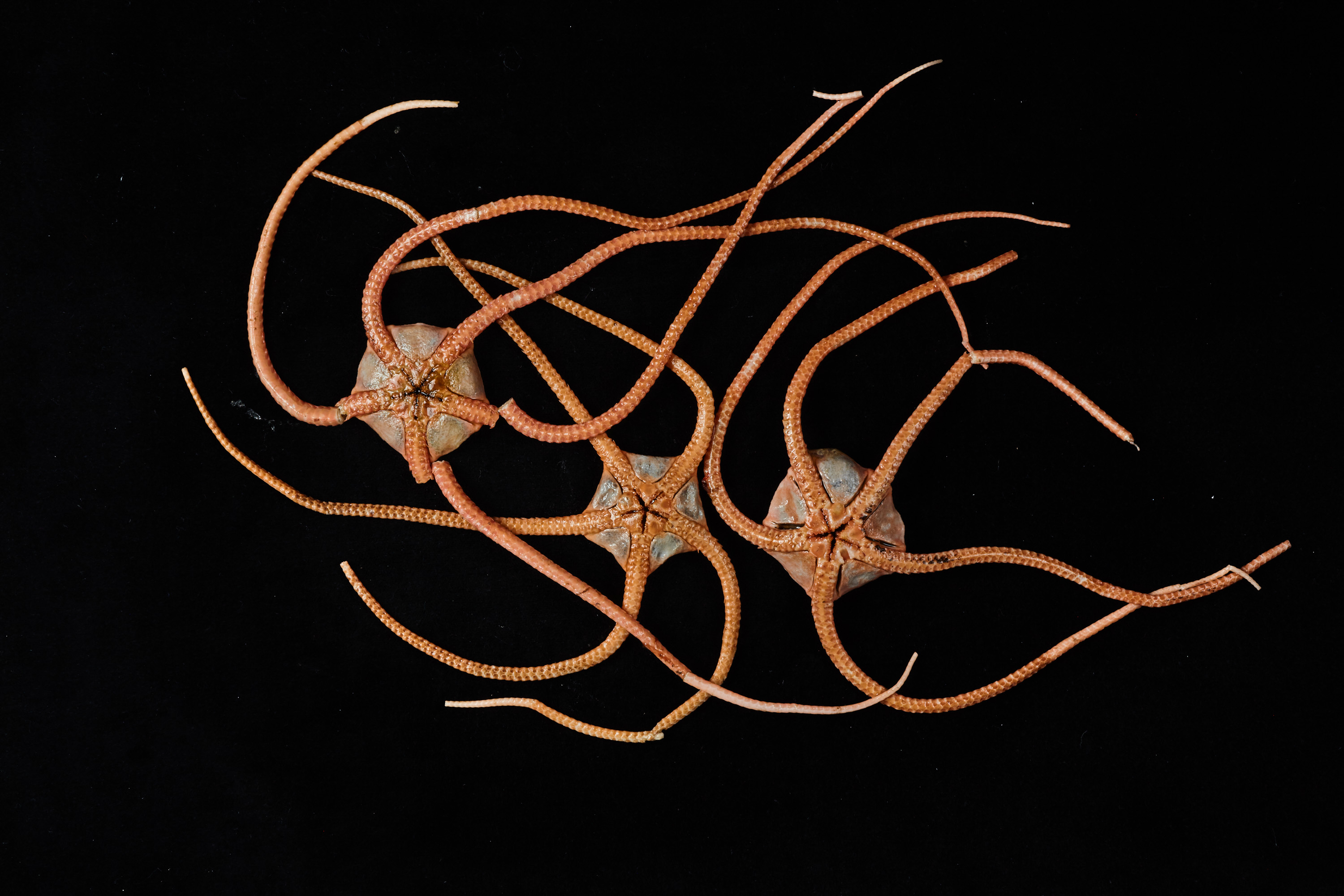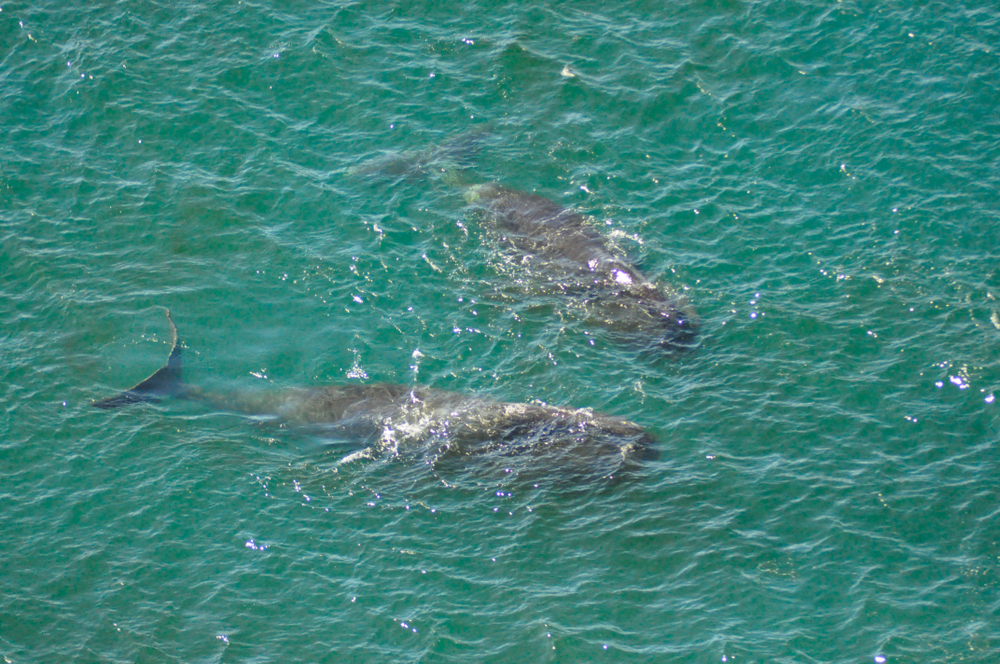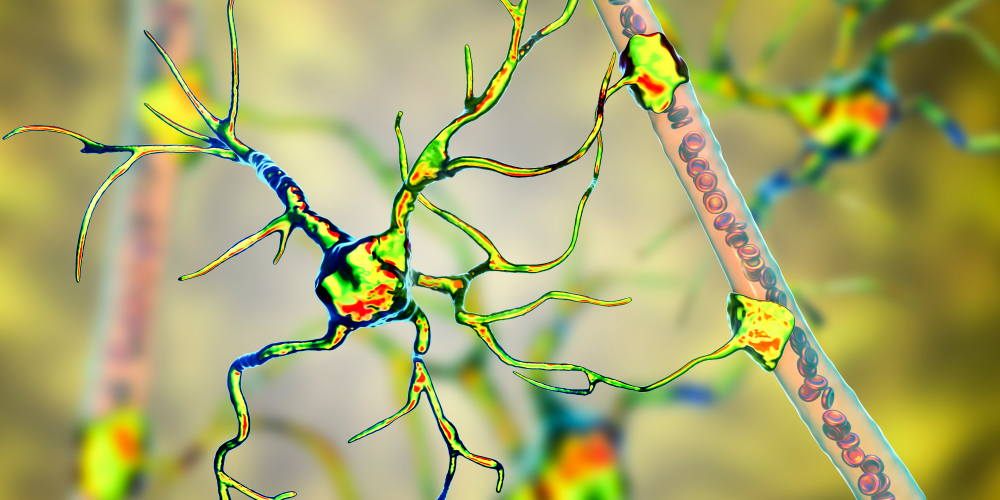Squid use Bragg reflectors in their skin to change colour
Cephalopods such as squid and octopus can rapidly change the colour of their skin, but the way they do it has been something of a mystery – until now. Using a microscopy technique known as holotomography, scientists in the US discovered that the tuneable optical properties of squid skin stem from winding columns of platelets in certain cells. These columns have sinusoidal-wave refractive index profiles, and they function as Bragg reflectors, able to selectively transmit and reflect light at specific wavelengths.
“Our new result not only helps advance our understanding of structural colouration in cephalopods skin cells, it also provides new insights into how such gradient refractive index distributions can be leveraged to manipulate light in both biological and engineered systems,” says Alon Gorodetsky of the University of California, Irvine, who co-led this research study together with then-PhD student Georgii Bogdanov.
Stacked and winding columns of platelets
In their study, Gorodetsky, Bogdanov and colleagues including Roger Hanlon of the Marine Biological Laboratory (MBL) in Woods Hole, Massachusetts, examined the iridescent cells (iridophores) and cell clusters (splotches) responsible for producing colours in longfin inshore squids (Doryteuthis pealeii). To do this, they used holotomography, which creates three-dimensional images of individual cells and cell clusters by measuring subtle changes in a light beam as it passes through a sample of tissue. From this, they were able to map out changes in the sample’s refractive index across different structures.
The holotomography images revealed that the iridophores comprise stacked and winding columns of platelets made from a protein known as reflectin, which has a high refractive index, alternating with a low-refractive-index extracellular space. These Bragg-reflector-like structures are what allow tissue in the squid’s mantle to switch from nearly transparent to vibrantly coloured and back again.
Other natural Bragg reflectors
Squids aren’t the only animals that use Bragg reflectors for structural colouration, Gorodetsky notes. The scales of Morpho butterflies, for example, get their distinctive blue colouration from nanostructured Bragg gratings made from alternating high-refractive-index lamellae and low-refractive-index air gaps. Another example is the panther chameleon. The skin cells of this famously colour-changing reptile contain reconfigurable photonic lattices consisting of high-refractive-index nanocrystals within a low-refractive-index cytoplasm. These structures allow the animal to regulate its temperature as well as change its colour.
Yet despite these previous findings, and extensive research on cephalopod colouration, Gorodetsky says the question of how squid splotch iridophores can change from transparent to colourful , while maintaining their spectral purity, had not previously been studied in such depth. “In particular, the cells’ morphologies and refractive index distributions in three dimensions had not been previously resolved,” he explains. “Overcoming the existing knowledge gap required the development and application of combined experimental and computational approaches, including advanced imaging, refractive index mapping and optical modelling.”
Extending to infrared wavelengths
After using advanced computational modelling to capture the optical properties of the squid cells, the researchers, who report their work in Science, built on this result by designing artificial nanomaterials inspired by the natural structures they discovered. While the squid iridophores only change their visible appearance in response to neurophysiological stimuli, the researchers’ elastomeric composite materials (which contain both nanocolumnar metal oxide Bragg reflectors and nanostructured metal films) also change at infrared wavelengths.
Composite materials like the ones the UC Irvine-MBL team developed could have applications in adaptive camouflage or fabrics that adjust to hot and cold temperatures. They might also be used to improve multispectral displays, sensors, lasers, fibre optics and photovoltaics, all of which exploit multilayered Bragg reflectors with sinusoidal-wave refractive index profiles, says Gorodetsky.
The researchers now plan to further explore how gradient refractive index distributions contribute to light manipulation in other biological systems. “We also hope to refine our engineered multispectral composite materials to enhance their performance for specific practical applications, such as advanced camouflage and other wearable optical technologies,” Gorodetsky tells Physics World.
The post Squid use Bragg reflectors in their skin to change colour appeared first on Physics World.















